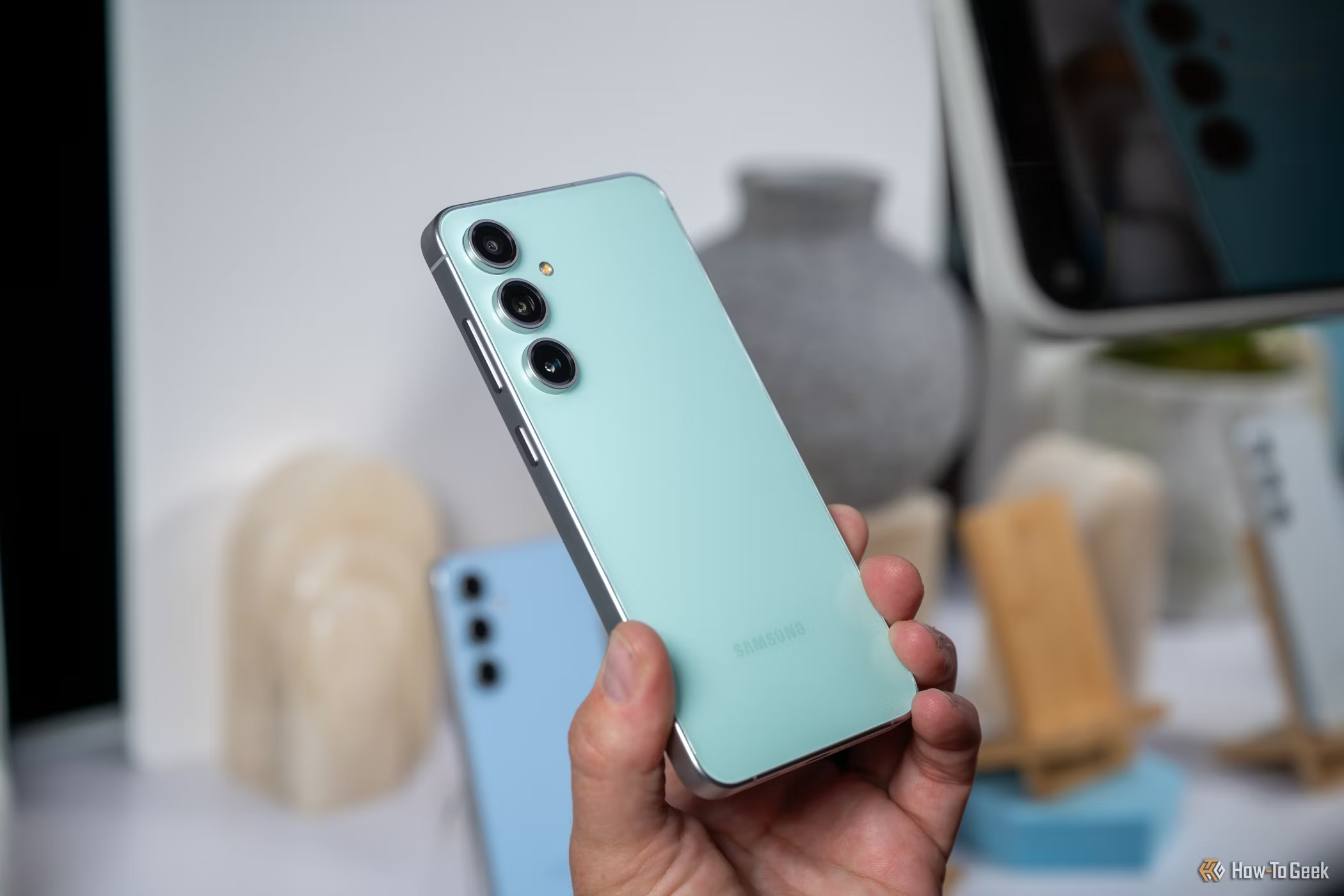Shopping
Cryptic Product Names Are Making Hardware Shopping Worse

Key Takeaways
- Hardware is mainstream now, so unique, user-friendly product names are crucial.
- Random numbers and letters in product names confuse buyers and hinder sales.
- Companies producing too many similar models lead to unclear positioning and excessive options.
My job is to write about technology, gadgets, and computer hardware, yet even I have to scratch my head sometimes when it comes to the names companies choose to give their products. Whether it’s Nintendo’s weird choice to call a console the “Wii U”, or the insistence by Sony to name their headphones a string of letters and numbers, it just makes life hard.
Hardware Is Mainstream Now
There was a time when only a few people would buy techy gadgets or computer hardware. The customer base for high-tech products like component hi-fi systems or fancy TVs were geeks, and why spend time coming up with snappy names when these customers only care about spec sheets?
The thing is, those days are long behind us now. Everyone has to buy a TV, laptop, smartphone, or a pair of headphones at some point now. So it doesn’t make sense to have product names that look more like serial numbers instead. Big brands have figured this out to some extent, of course. Think of famous product lines like the Sony Trinitron TVs, or MSI’s Stealth or Titan gaming laptop lines. It’s easy for a prospective buyer to say they want the latest MSI Stealth laptop, and the numerical bit (GS-66, for example) is memorable and short, so it’s not too bad.
In fact, flagship products generally don’t have this issue too much. It seems that part of the budget for higher end gear goes towards marketing spend on working out a good name. It’s that big mainstream price bracket in the middle that suffers the most.
Random Numbers and Letters Only Confuse Buyers
If I want to buy a monitor, motherboard, or TV, calling it a CVX-55-BVH-SM isn’t very helpful. Especially since there’s another product called the CVX-55-BVS-SM, or some other single-character variation. If a customer has to pull out a guide to know what each part of the model name means, things have already gone off the rails.
There’s nothing wrong with having a detailed model number, and a separate buyer-friendly product name,surely? Compare the Apple Airpods Max and Sony WH-1000XM4 headphones, both of which I personally own. Sony’s set is definitely trading blows with the AirPods,but I’d bet dollars to donuts that the average person is far more confident buying something called “AirPods Max” than something called the Sony WF-1000XM4. Except, that’s not what they’re called, the “WF” is a set of wireless earbuds and you’ve ordered the wrong headphones.
Sony WH-1000XM4
$298 $348 Save $50
Sony has the best noise-canceling capabilities, while managing to sound great with stellar battery life.
Maybe You’re Making Too Many Almost Identical Models
I think one of the biggest issues with bad product names is that many of these companies simply make too many products or variants with tiny, inconsequential differences between them. Using Apple as an example again, there are only a handful of iPhone or MacBook models, but I don’t even know how many Samsung Galaxy models there are. The model names tell me nothing about their position in the stack or what sort of customer they are meant for. If Samsung made three or four Galaxy phones at the major budget points they’d probably be doing pretty well, but like so many companies, seem to want to sell phones at $10 price brackets, so you end up with far too much choice.
For most tech products out there, you simply don’t get that many defining features to set them apart from the device just above or below their price. If they did, then that feature would have been a good basis for naming them. As it stands, I always dread shopping for new gadgets or parts, because I know I’ll be having alphabet soup for breakfast, lunch, and dinner again.











